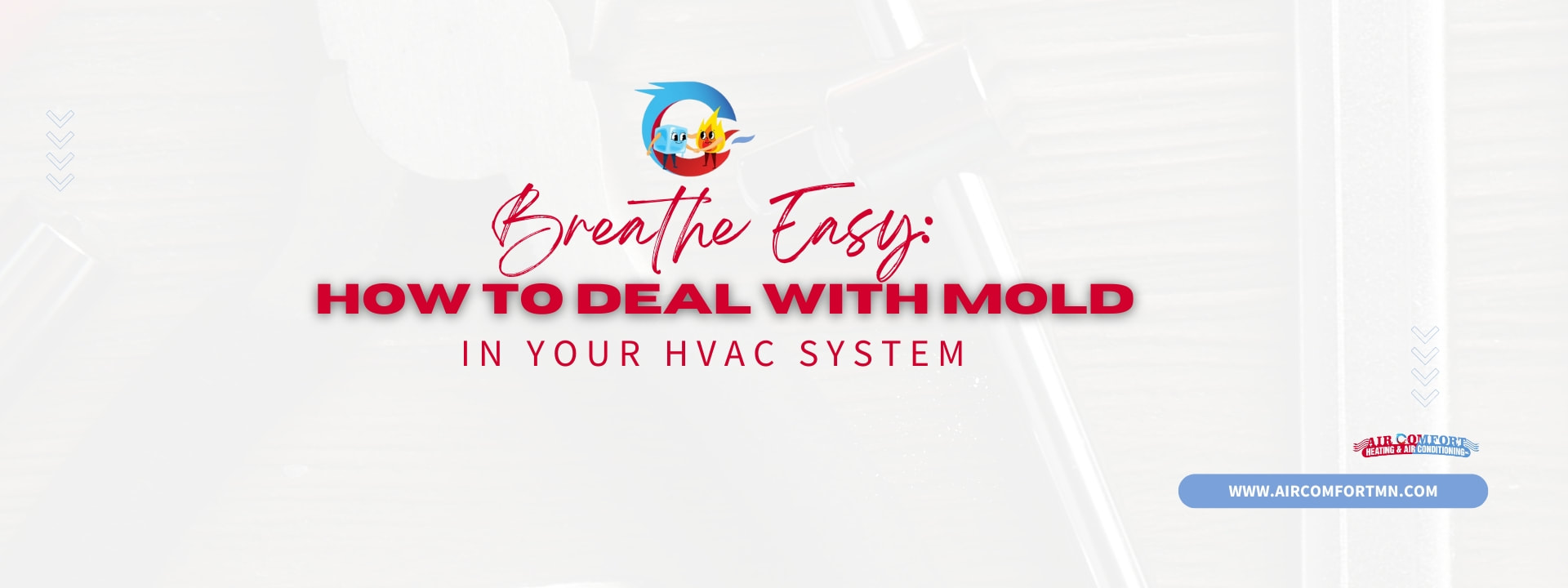|
Mold in your HVAC system is not just a minor inconvenience; it's a serious issue that can affect the air quality in your home and pose health risks to your family. Understanding how to handle mold effectively is crucial for maintaining a healthy indoor environment. Here’s a comprehensive guide on dealing with mold in your HVAC system.
Understanding Mold Growth in HVAC Mold thrives in moist, dark environments, which makes the hidden nooks and crannies of an HVAC system a perfect breeding ground. Mold growth is commonly triggered by excessive moisture, which can occur due to issues like improper drainage, leaks, or high humidity levels within the home. Once it begins to grow, mold can quickly spread through the ductwork of an HVAC system, dispersing spores throughout your home. Health Risks Associated with HVAC Mold The presence of mold can lead to various health problems, especially for individuals with allergies, asthma, or compromised immune systems. Common symptoms include coughing, sneezing, watery eyes, respiratory distress, and in severe cases, skin rashes and more serious respiratory conditions. Addressing mold growth promptly is essential to prevent these health issues. Signs of Mold in Your HVAC System Detecting mold early can help mitigate its effects. Key signs include: Musty Odors: A noticeable musty smell when the HVAC is running could indicate mold growth within the system. Visible Mold: Any visible mold on vents, ducts, or other components of the HVAC system is a clear indication of a problem. Allergic Reactions: If household members start experiencing allergy symptoms indoors without a clear cause, it could be due to mold spores circulating in the air. Preventative Measures Preventing mold growth is more effective than trying to remove it later. Key preventative steps include: Control Humidity: Keep indoor humidity levels between 30-50% using dehumidifiers or your HVAC system’s humidity control features. Ensure Proper Ventilation: Use exhaust fans in moisture-prone areas like bathrooms and kitchens to help reduce humidity levels. Regular Maintenance: Regularly replace air filters and schedule HVAC inspections to ensure there are no leaks or condensation issues. Steps to Remove Mold If you discover mold, taking immediate steps to remove it is crucial: Turn off the HVAC system to prevent further spread of mold spores. Consult a professional for serious mold issues; tackling extensive mold growth yourself can be hazardous. Clean and Disinfect: For minor mold issues, clean the affected areas with a solution of water and detergent. Do not use bleach on HVAC components. After cleaning, use an EPA-approved fungicide for HVAC systems. When to Call a Professional For extensive mold problems or if the HVAC system is difficult to access, professional cleaning services are recommended. Professionals have the tools and expertise to safely remove mold from intricate system components without causing damage. Mold in your HVAC system should never be ignored. By taking the right precautions and acting swiftly when mold is detected, you can protect your home’s air quality and your family’s health. Suspect mold in your HVAC system or need professional guidance? Contact Air Comfort today.
0 Comments
Leave a Reply. |
AuthorVarious. Archives
July 2024
Categories
All
|
CALL NOW: 763-753-6623
Privacy Policy l Cookie Policy l Conditions of Use l Notice and Take Down Policy l Website Accessibility Policy
© 2024 The content on this website is owned by us and our licensors. Do not copy any content (including images) without our consent.
Website managed by Go Savvy Social
Privacy Policy l Cookie Policy l Conditions of Use l Notice and Take Down Policy l Website Accessibility Policy
© 2024 The content on this website is owned by us and our licensors. Do not copy any content (including images) without our consent.
Website managed by Go Savvy Social


 RSS Feed
RSS Feed